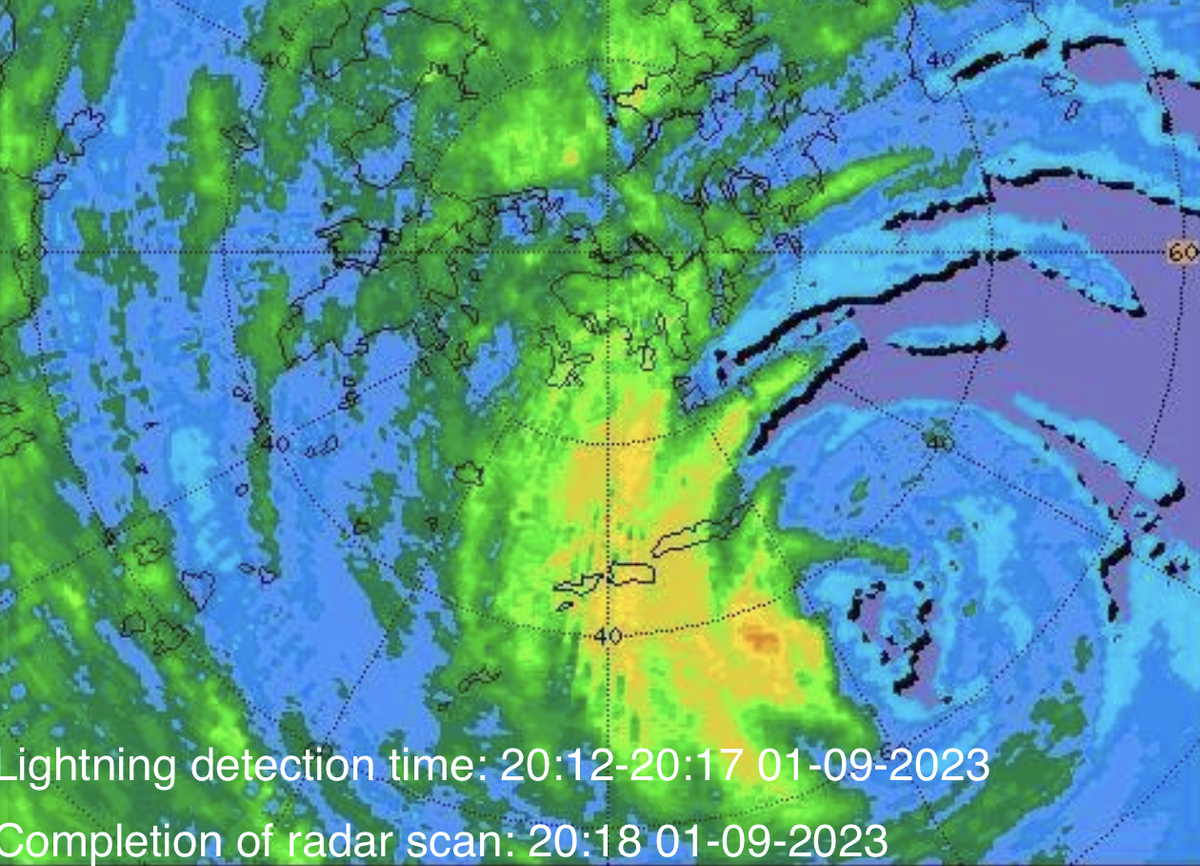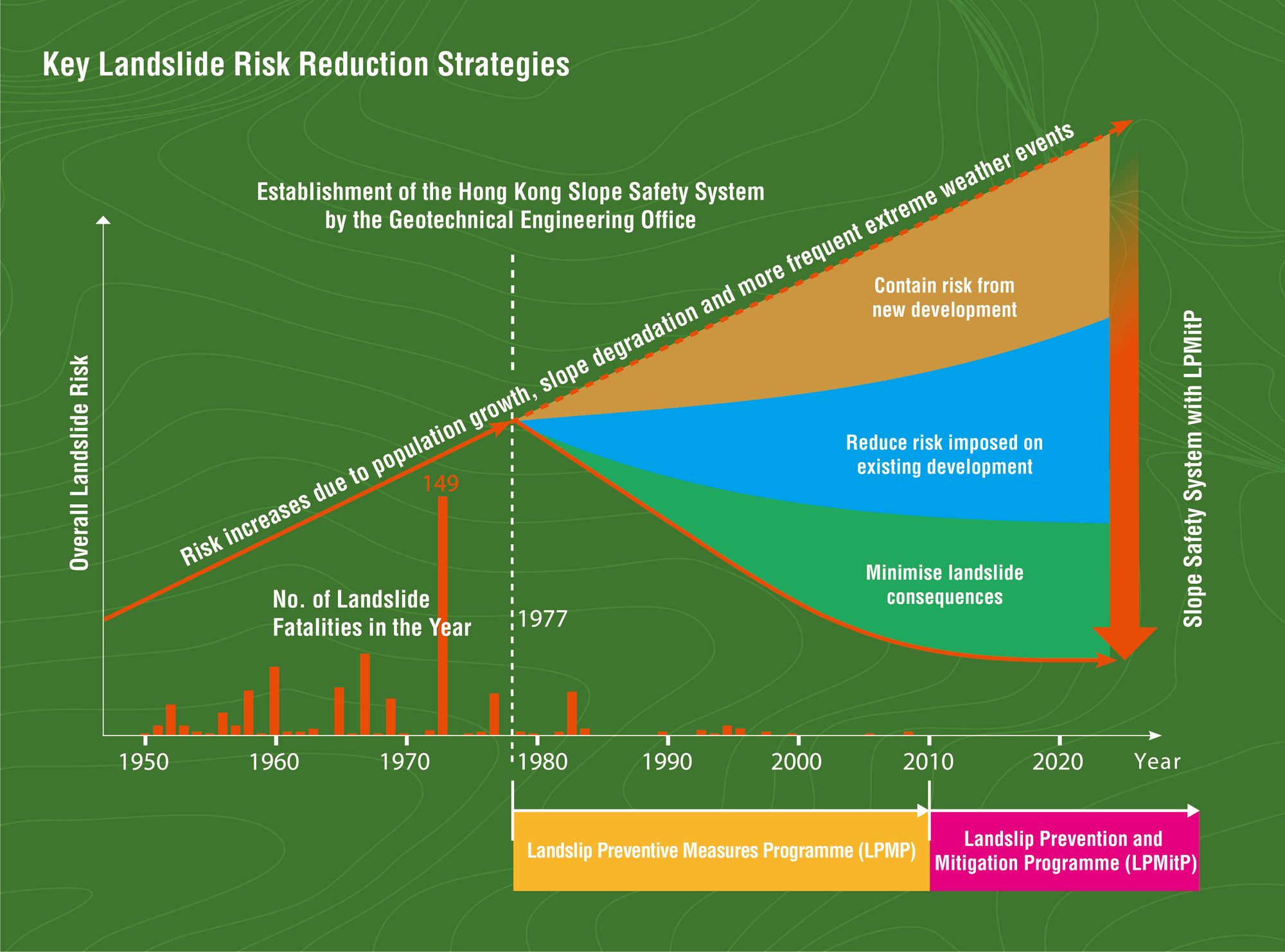Day 22: A snow day in Hong Kong
A category 4-equivalent typhoon is pounding Hong Kong...but the city is calm and everything will be fine. How is that?

As I write this, the eye wall of Tropical Cyclone Saola...a "super typhoon"...is passing over Hong Kong, with the center of the storm about 40 km southwest of the city. Winds at Waglan Island are gusting at over 90 knots...that's over 170 kph for you landlubbers. The Hong Kong Observatory, our weather service, just announced the highest level typhoon warning T10. This is a direct hit.

A storm of this strength, currently a category 4 if rated on the same scale as the one used for hurricanes in the Western Hemiphere, would be expected to cause massive damage, death and destruction. States of emergency would be preemptively declared, mass evacuations ordered. In comparison, in Hong Kong, it feels more like a snow day. A fun change to everyone's regularly scheduled weekly programming. Many people had the day off work and so snuck out to coffee shops to meet up with friends or to gyms before the rains and wind picked up this evening.
So why are typhoons in Hong Kong...the exact same storms that cause death and destruction in neighboring regions...mainland China...the Philippines...such a relative non-event?
Two words: human ingenuity.
In the not so distance past, as recently as the 1970s, hundreds of people would died and thousands or tens of thousands would be plunged into homeless. Starting in the 1970s, Hong Kong started to examining how it could stop these predictable deaths. Massive investment was made into water run off and drainage control, with most recently a HK$30 billion drainage tunnel and storage system bored under Hong Kong Island.
A system was put in place to prevent the occurance of landslides by strengthing high risk slopes...essentially covering entire hills in reinforced concrete and other works and devising a system of regular maintenance and inspection.

Hong Kong's rail public transit system, MTR, was designed with regular typhoons in mind and continues to run underground trains even during the strongest hurricane force storms. MTR has even set up a system to monitor all of the 33,000 possible trees that might fall on the open areas of their track and regularly practice typhoon drills.
All of this work has paid massive dividends. In the most recent large typhoon, Typhoon Mangkhut in 2018, the strongest since records started being kept, there were zero deaths and most people were able to go back to work the very next morning. And I can sit here writing this, lights on, in air conditioned comfort, knowing that I'll be able to sleep comfortably tonight and wake up to a functioning city in the morning.
The lesson for the world...especially the "OMG-the-climate-change-is-going-to-kill-us-all" people...is that humans are incredibly adaptable and with sufficient planning, engineering and coordination...and, of course, resources..., we can do anything.
